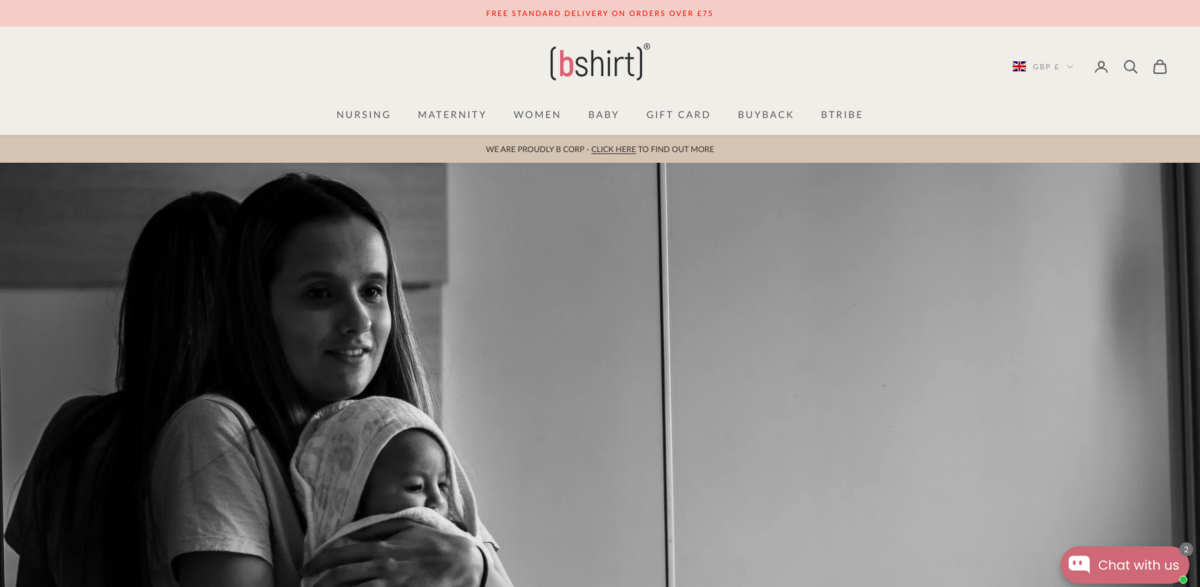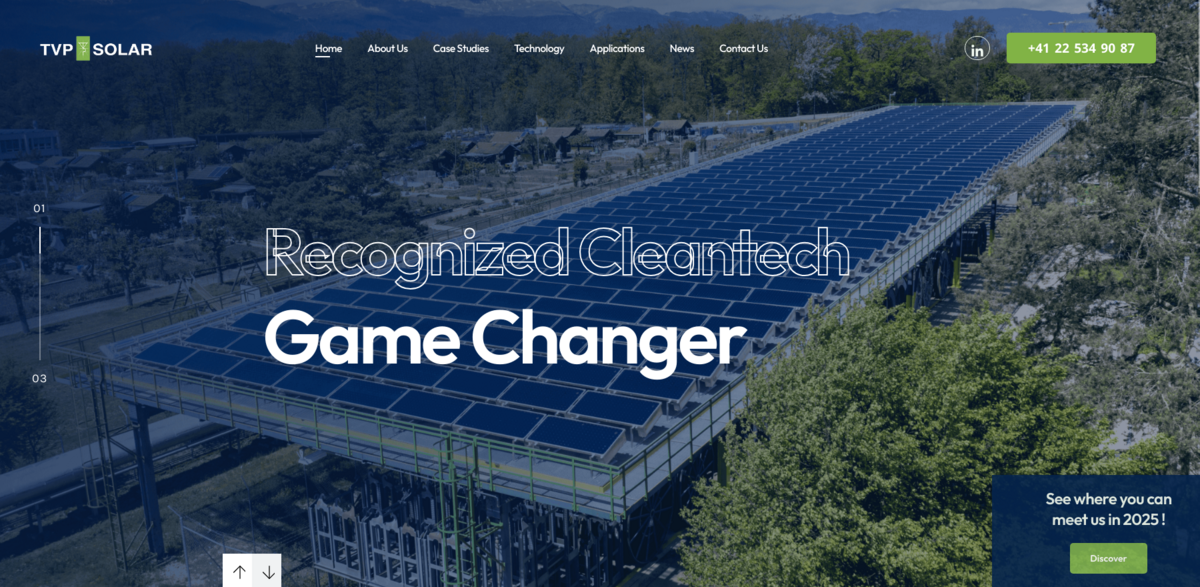What the BeesMAX Project Is
BeesMAX.org is a not-for-profit initiative solely aimed at reversing the decline of the UK bee population. It all began in 2016 when a group of beekeepers from Surrey Honey Farm Ltd started brainstorming innovative solutions as they witnessed rapid bee population declines. At the time, the common practice of collecting and keeping swarms reported by the general public was thought to help, but in reality, it did little for the survival of wild bee colonies. Instead, beekeepers were, perhaps unknowingly, conserving the remnants of the wild honey bee gene stock for themselves. It’s almost like nature was whispering, “Help me out…” as these dedicated individuals set out on a journey to rebalance the relationship between human-managed and wild bees.
Main Benefits and Key Facts
- Initiated in 2016 by a group of beekeepers eager to innovate for the UK bee population.
- Originally, swarms collected from the public were kept by beekeepers, unintentionally hindering true wild reintroduction.
- Wild bees naturally thrive in the warm, sheltered embrace of hollow tree trunks, sometimes lasting many generations in a tree centuries old.
- Manufactured wooden framed beehives create artificially large colonies that can produce well over 50 kilos of surplus honey, in stark contrast to nature’s balanced provisions.
- The concept of The Blue Box emerged, offering secure homes akin to bird or bat boxes, dedicated to reintroducing feral swarms back into the wild.
Innovative Tool: APIStrip for Pollution Testing
The BeesMAX project is now taking its innovative ideas further by introducing the APIStrip method – a revolutionary contaminant sampling tool that is soon to be brought to market. Known for its unique approach, APIStrip is set to become essential for testing the chemical footprint within a three-mile radius of a beehive. This method isn’t just for managed hives; wild honeybee colonies can be tested just as easily. There is a refreshing simplicity in APIStrip’s design, and its ability to detect and measure pollution reflects the vision of a cleaner, safer environment for all bees. It’s almost as if nature gets a little help understanding where it might be in peril.
Chemical-Free Beekeeping and the New Paradigm
This project also pioneers chemical-free beekeeping processes. The method, driven by a personal commitment to prove that there is no longer a need for veterinary-approved medicines to treat honeybee diseases, has led to remarkable success in stabilizing and mostly reducing honeybee colony losses to virtually zero. The implications of this achievement extend worldwide because a massive industry around costly veterinary medicines might witness a significant shift if more beekeepers adopt these methods. The natural, sustainable way of nurturing bees is slowly gaining attention as it demonstrates that sometimes, nature can be trusted when given the right tools and insights… a true game changer in modern agriculture and environmental management.
Understanding the Natural Behavior of Bees
Bees have a natural craving for warm, sheltered, and safe environments – just like the hollow tree trunks they naturally inhabit. Colonies that settle in these natural abodes are in tune with the UK’s natural weather patterns, ensuring their evolutionary development stays on course. In contrast, beekeepers who collect swarms and house them in manufactured wooden framed beehives inadvertently create colonies that are larger than nature intends. This often results in surplus honey that exceeds what is naturally necessary for survival. There is a delicate balance inherent in nature, one that BeesMAX aims to protect by ensuring that the method of reintroducing feral swarms mimics the natural conditions as closely as possible.
Reintroducing Feral Swarms with The Blue Box
The solution crafted by BeesMAX is as simple as it is innovative: The Blue Box, a secure home provided to feral swarms for reintroduction back into the wild. Just like a bird or bat box, The Blue Box fills the gap between human intervention and nature’s call, offering a stable environment tailored to support wild colony evolution. The process is not as straightforward as it may seem because reintroducing urban swarms and ensuring their survival involves overcoming many practical challenges. Yet, the project’s focused effort on rewilding is a step in the right direction for preserving the delicate balance of ecosystems that depend on wild honey bees.
Project Impact on Sustainable Development Goals (SDGs)
- SDG 15: Life on Land – By protecting and restoring natural bee habitats.
- SDG 13: Climate Action – By contributing to ecological balance and resilience in changing weather patterns.
- SDG 2: Zero Hunger – By ensuring wild pollinators continue to support agriculture and food production.
- SDG 11: Sustainable Cities – By promoting urban practices that support natural biodiversity.
Looking Ahead: The Future of Bee Conservation
The BeesMAX project’s journey is a testament to what can happen when innovative thinking meets a deep understanding of nature. By uniting chemical-free beekeeping with pioneering tools like APIStrip, the initiative is reshaping the way bee conservation is approached. It is a call for renewed commitment to natural processes, the balanced ecosystems that provide indispensable services, and the realization that both human ingenuity and nature’s wisdom have vital roles to play. In a world where environmental pressures are ever-increasing, BeesMAX not only offers hope but a clear, practical path forward that honors the ancient ways of nature while inviting new technology to enhance the balance between man and the marvelous world of bees…





















